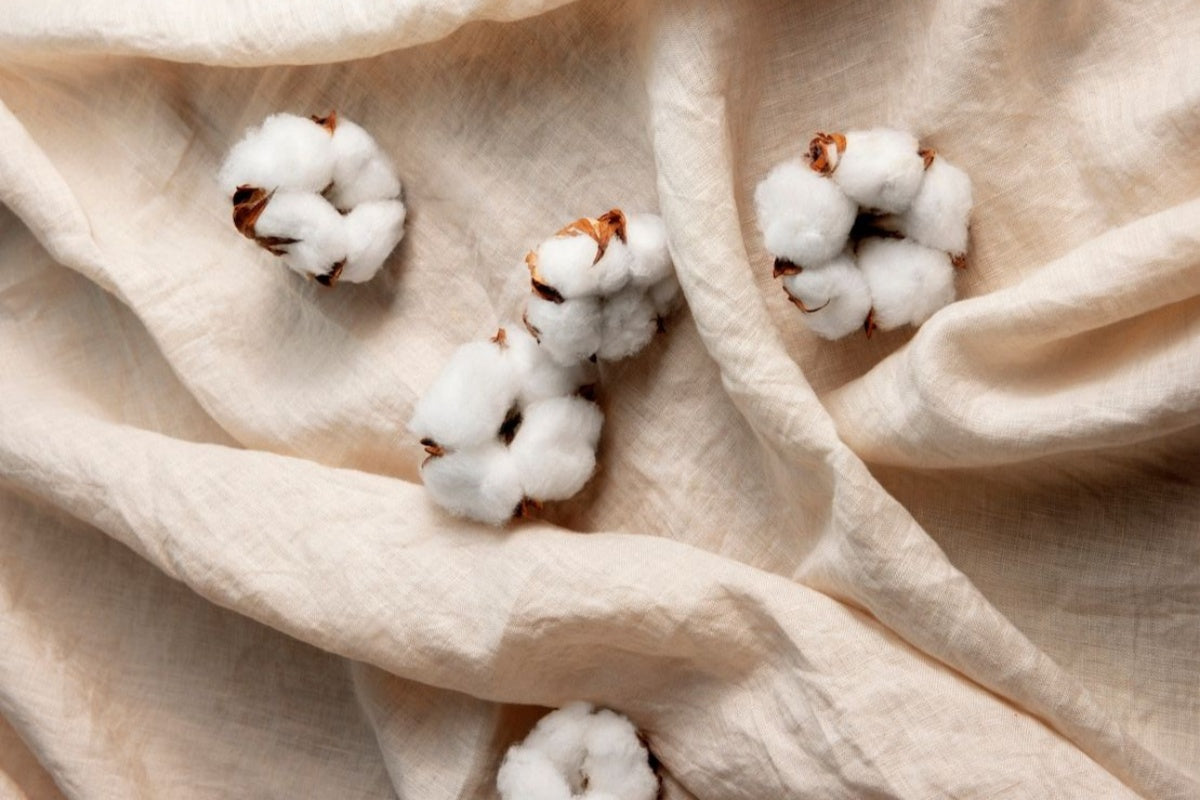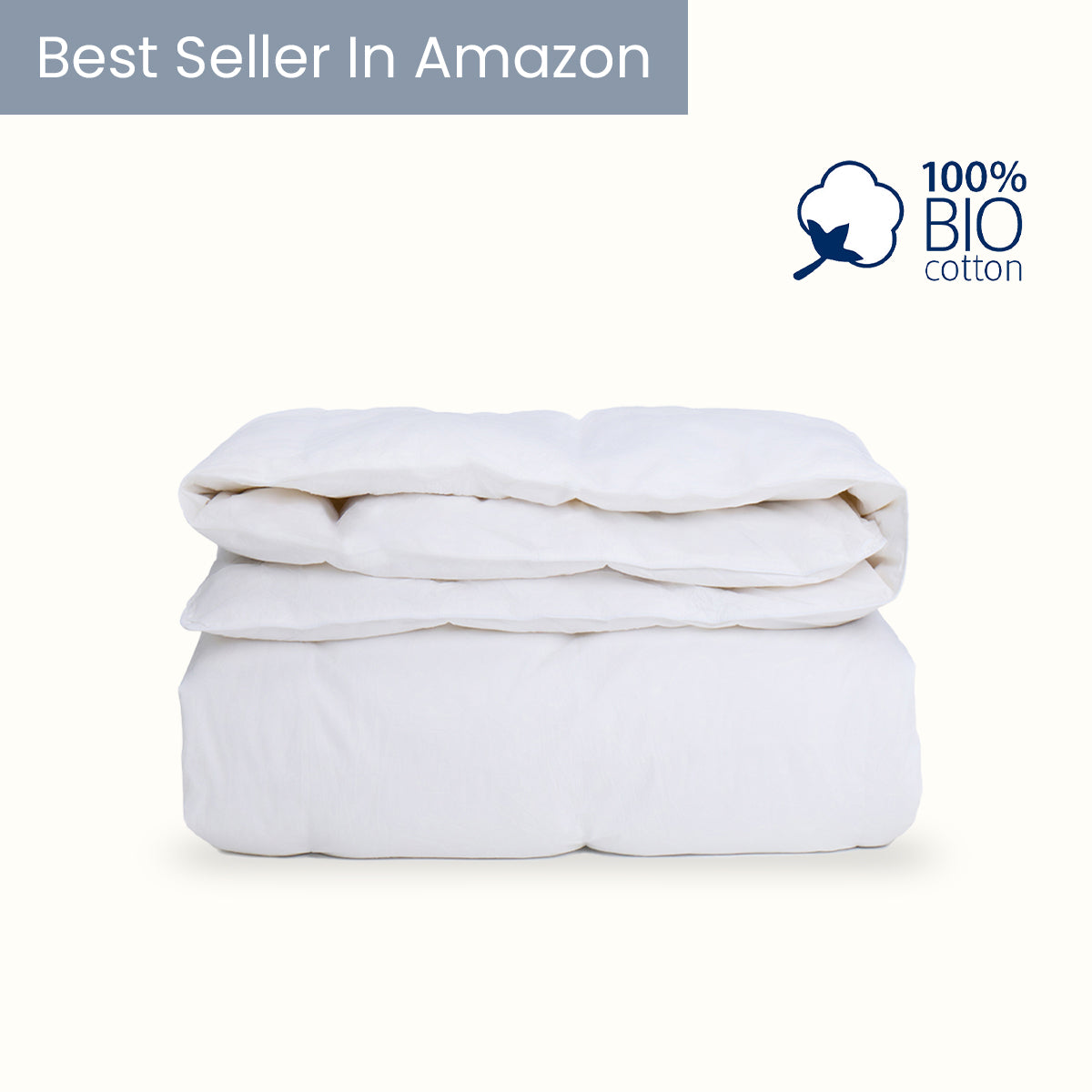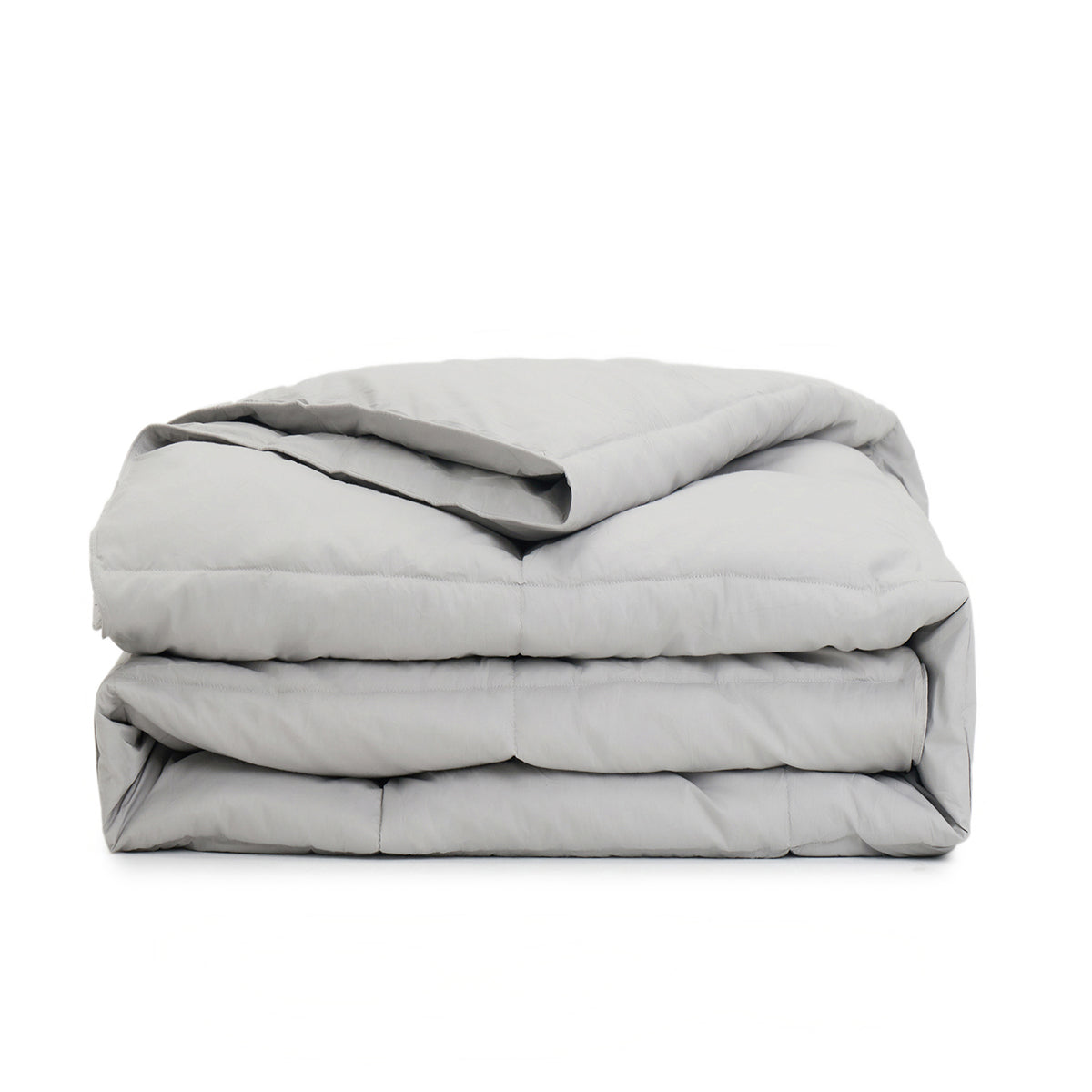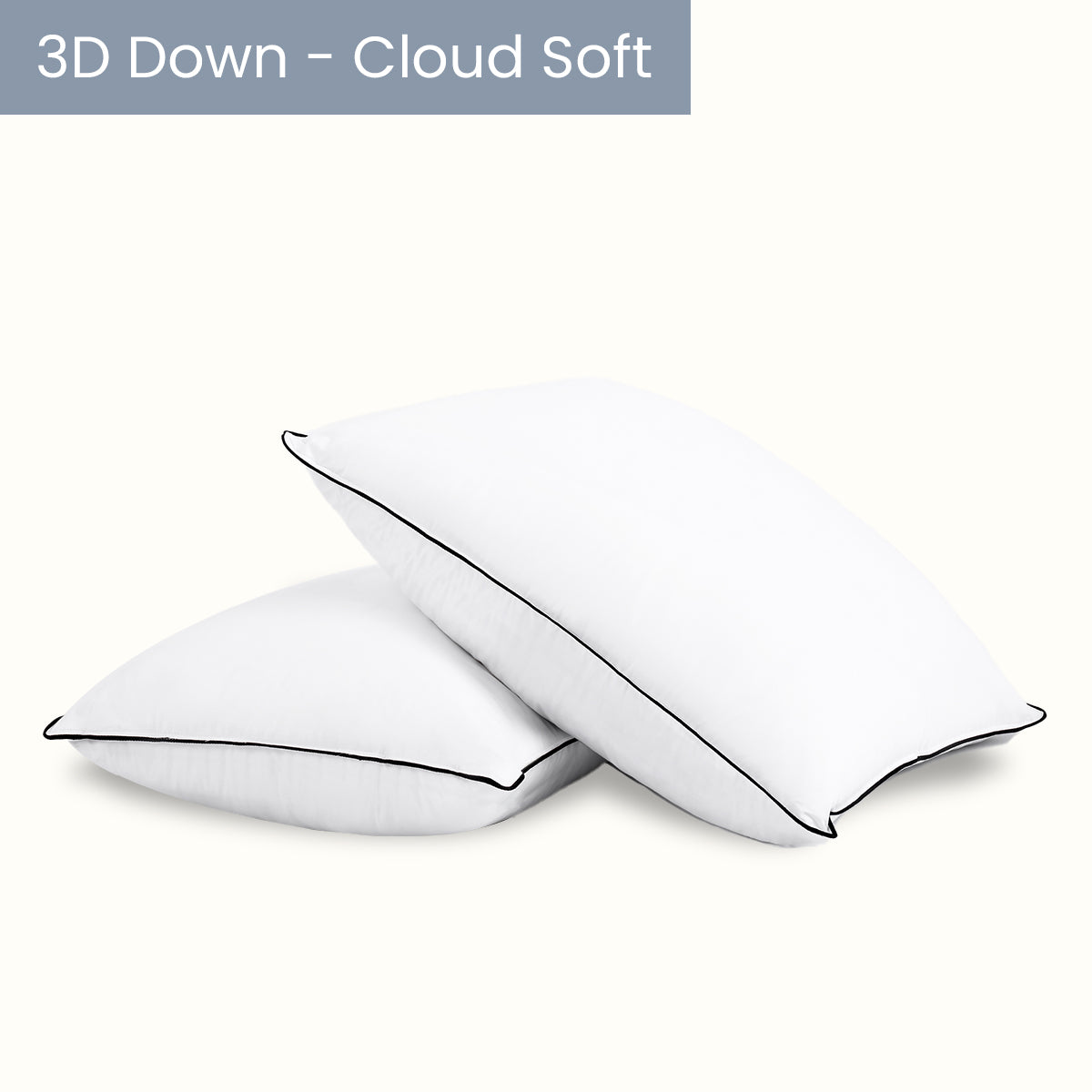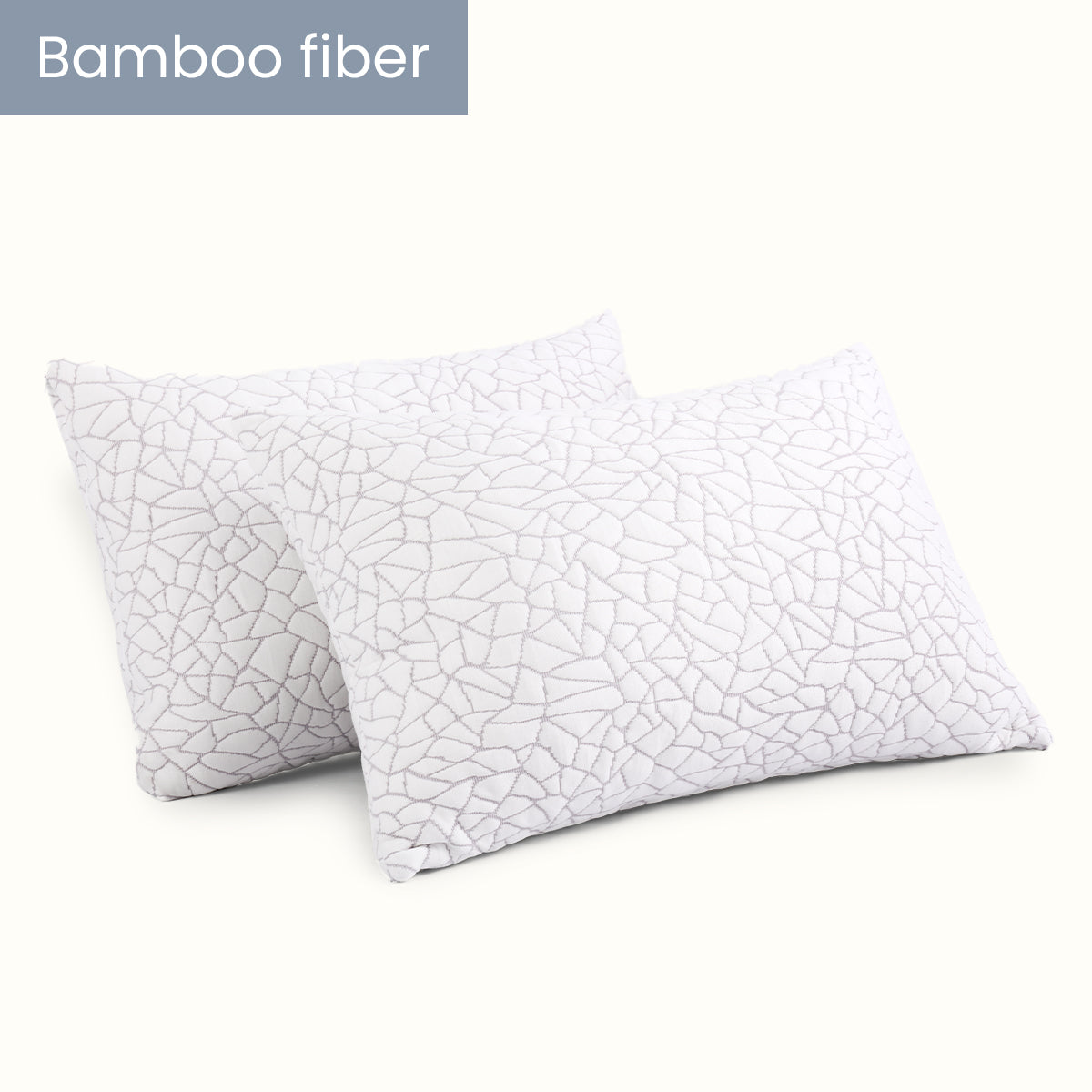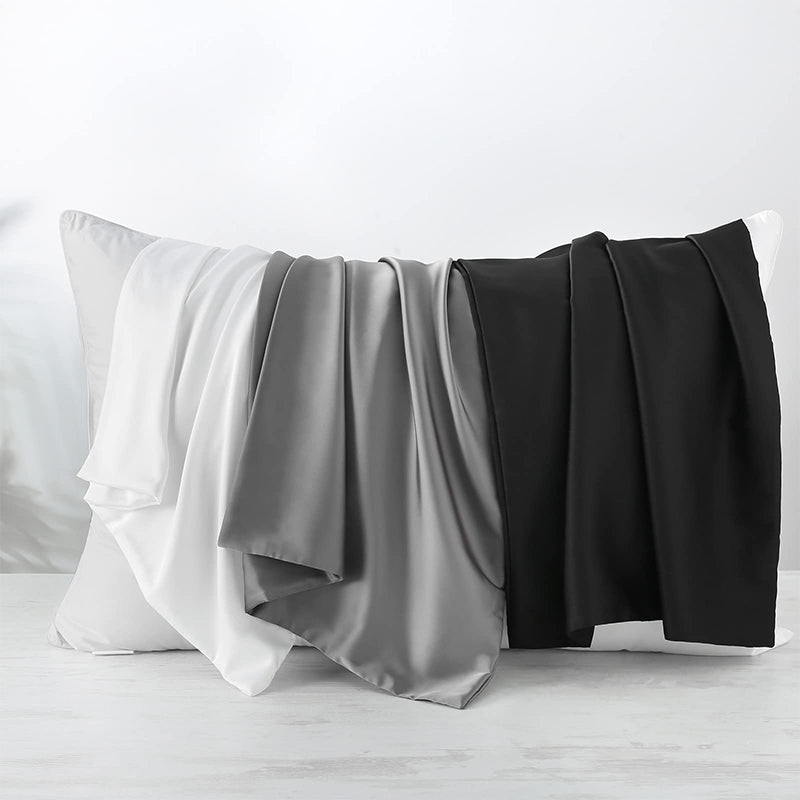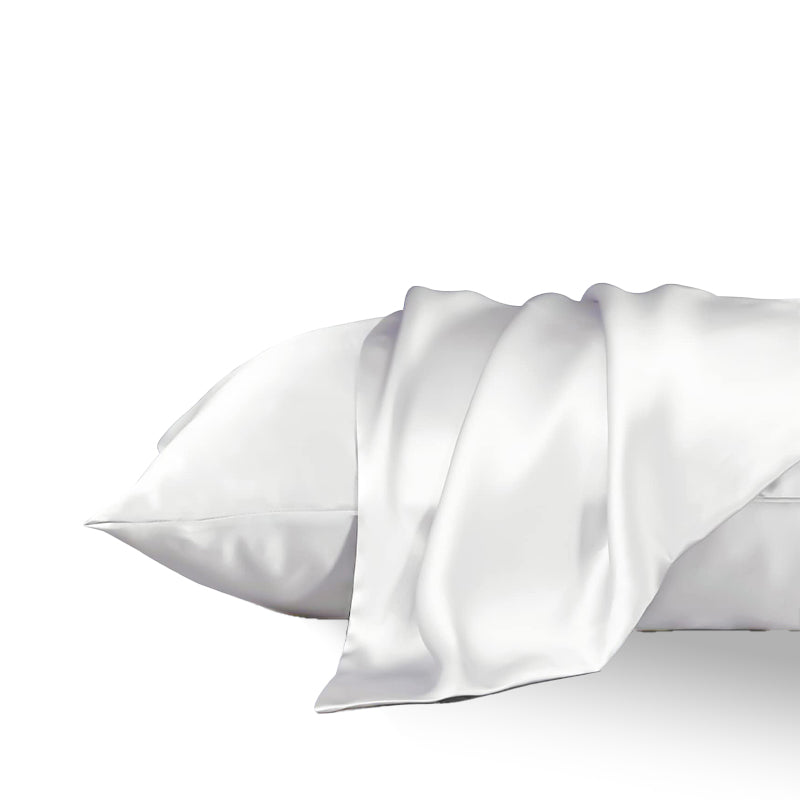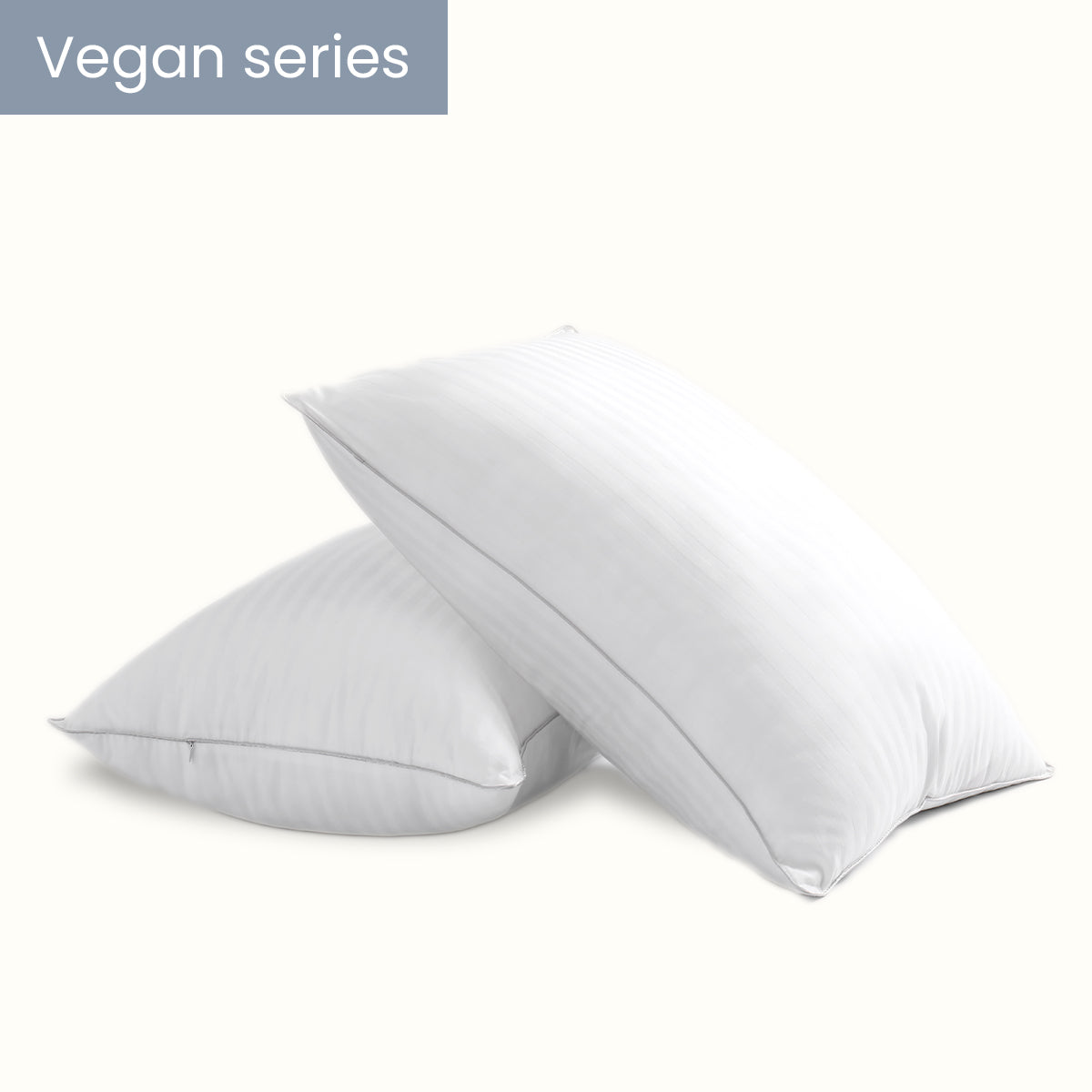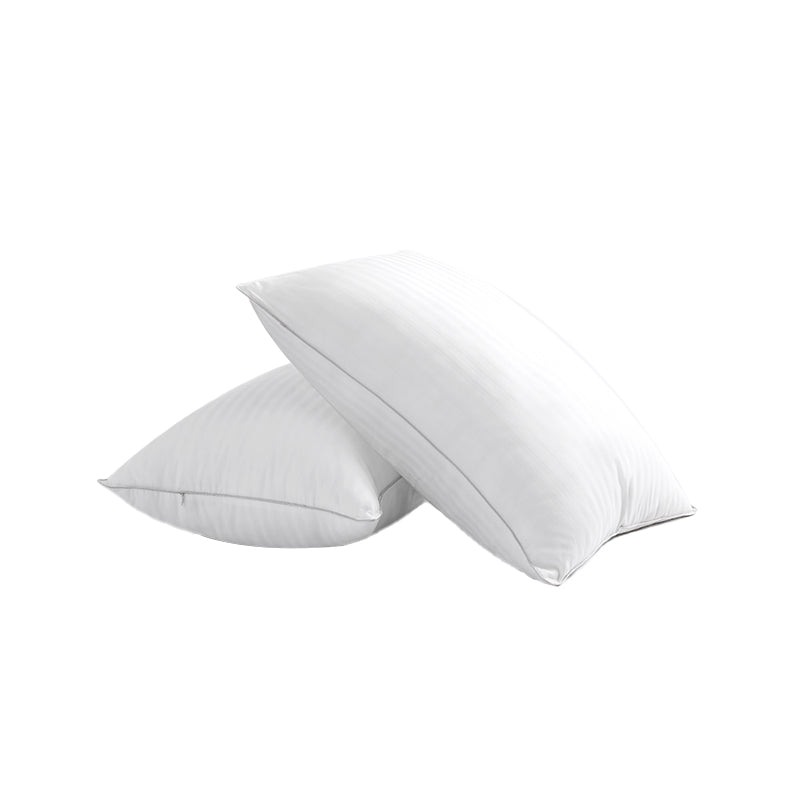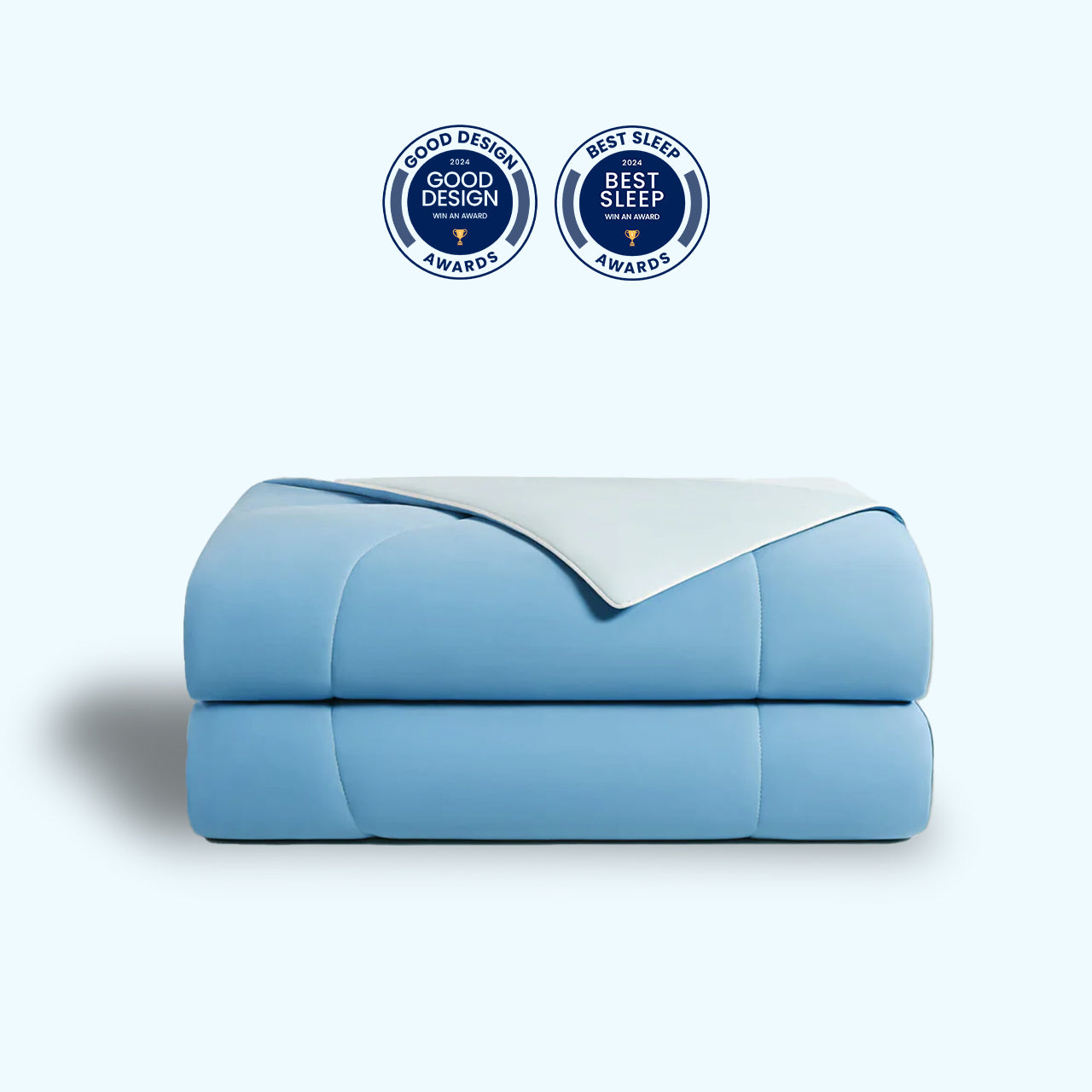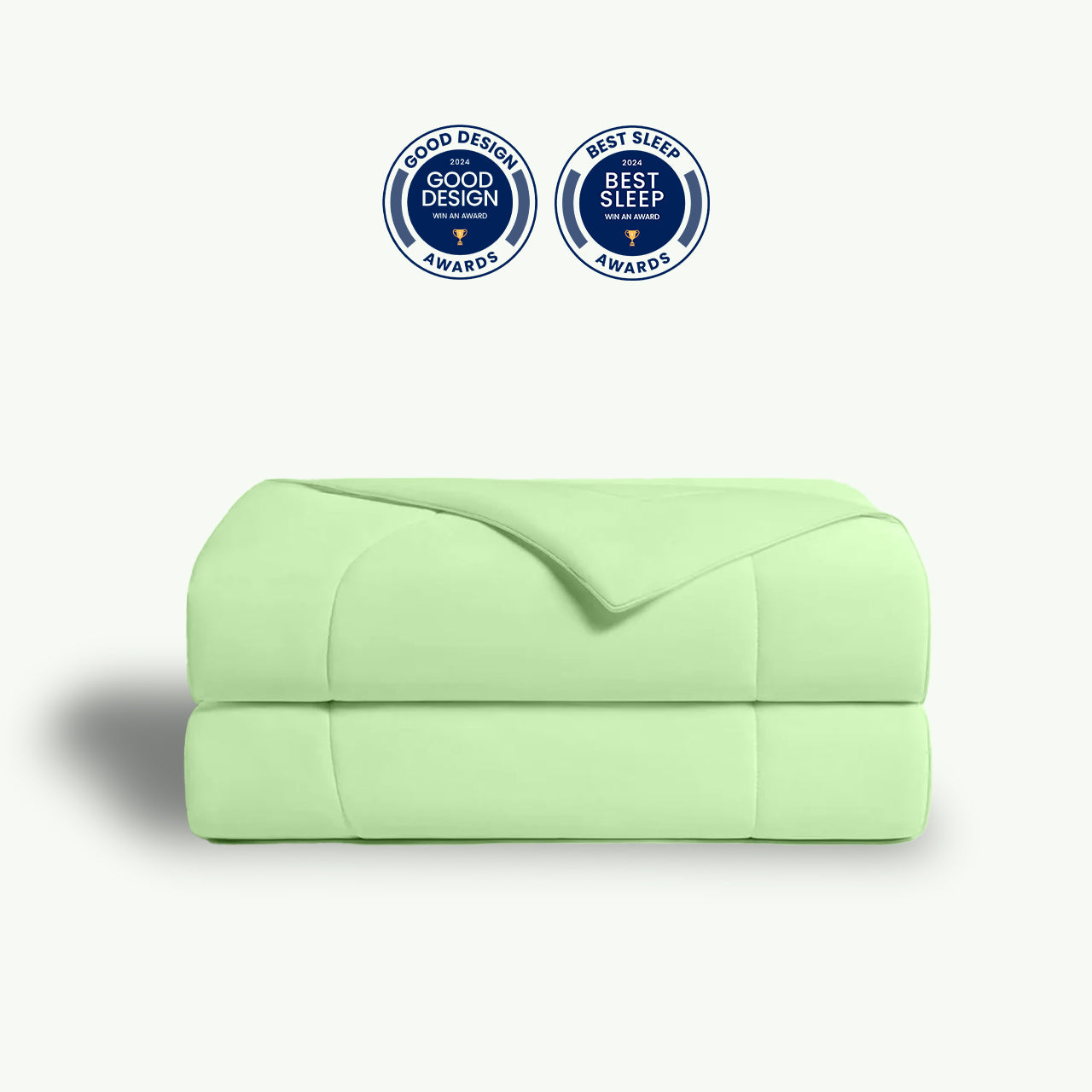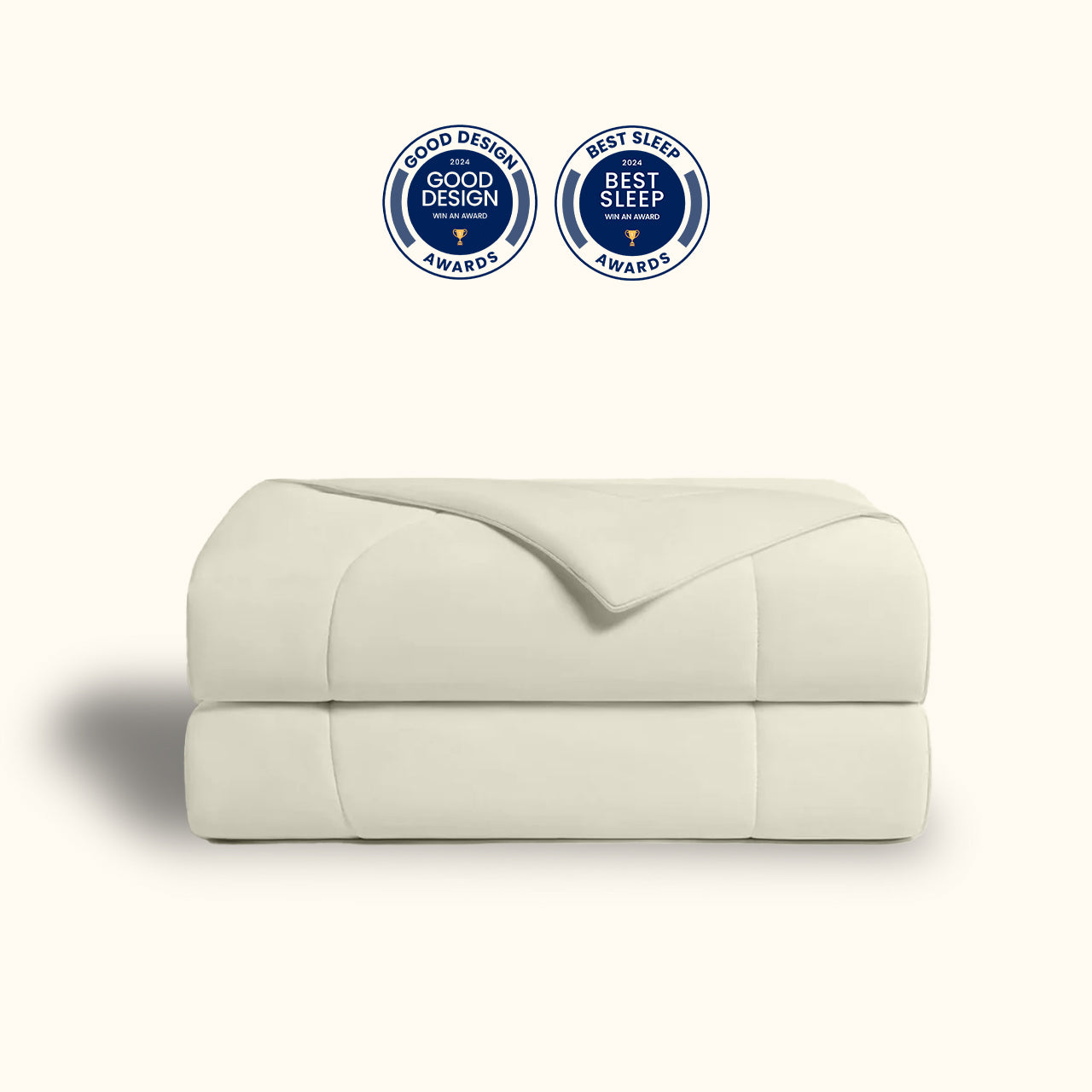
Organic cotton refers to cotton that is produced in agricultural settings mainly through the use of organic fertilizers, biological pest control methods, and natural farming management. Chemical products are not allowed in its production, resulting in a natural and pollution-free product from seed to finished cotton.
During the production of organic cotton, not only are the necessary conditions for cotton cultivation such as light, heat, water, and soil required, but there are also specific requirements for the cleanliness of the cultivated land soil environment, irrigation water quality, and air environment. Moreover, the spinning process must also be pollution-free. Organic cotton is characterized by being ecological, green, and environmentally friendly.
As an important part of sustainable agriculture, organic cotton is of great significance for ecological protection, human health, and the development of green and natural ecological clothing.

Organic Farm and Land Requirements
Environmental Requirements
Organic bases must be located in areas where the atmosphere, water, and soil are not polluted, and there are no factories or other pollution sources nearby. At the same time, contamination from genetically modified crops should be avoided. Some even propose that there should be no industrial pollution within a 200 - square - kilometer radius of the organic crop - growing area. The cleanliness of the environment is crucial for the production of organic cotton. It ensures that the cotton grows in a pure and natural environment, free from harmful substances that could affect its quality and the health of consumers.
Certification Scope
Only the land that has been certified can be used for organic cotton production. The certification process is essential as it verifies that the land meets the strict standards for organic farming. This includes aspects such as soil quality, water sources, and the absence of prohibited substances. Certification provides assurance to consumers that the organic cotton they purchase is truly produced in an environmentally - friendly and sustainable way. It also helps to regulate the organic cotton industry, ensuring fair competition among producers.
Conversion Period
Transitioning from conventional production to organic production requires a conversion period, usually 3 years before the harvest of the first - applied - for - certification crop. During the conversion period, operations must be carried out strictly in accordance with organic production requirements. After 1 year of organic conversion, the crops grown in the field can be certified as organic - conversion crops, and their products can be sold as organic - conversion - period products. This conversion period is necessary to allow the soil to recover from the use of synthetic fertilizers and pesticides in conventional farming. It gives the soil time to build up its natural fertility and beneficial microbial populations, creating a healthy environment for organic cotton to grow.

Differences between Organic Cotton and Regular Cotton
Organic Cotton vs. Regular Cotton
|
Aspect |
Organic Cotton |
Regular Cotton |
|
Seeds |
Non-GMO (natural, no treatment) |
GMO (usually treated for fungi and pests) |
|
Soil Condition |
Healthy soil (crop rotation used) |
Soil erosion (uses synthetic fertilizers, single-crop farming, heavy irrigation) |
|
Chemical Residue |
No residues (hand weeding or mechanical tillage) |
Herbicide residues (relies on herbicides; pesticides seep into groundwater and harm users) |
|
Pesticide Use |
No residues (uses natural predators, biological control) |
High toxic pesticide residues (1/4 of global pesticides used; 9 common ones are carcinogens) |
|
Dyeing |
Natural colors or natural dyes |
Chemical dyeing (chlorine bleaching makes toxic byproducts; may have heavy metals like lead or formaldehyde residues) |
|
Trade Standards |
Fair trade (safe workplaces, no discrimination, fair wages) |
Unfair trade (may use child/forced labor; unsafe, unhealthy facilities) |
Organic Cotton Certifications: GOTS vs OCS
GOTS (Global Organic Textile Standard)
The Global Organic Textile Standard (GOTS) was jointly developed by the International Association of Natural Textiles (IVN), the Japanese Organic Cotton Association (JOCA), the Organic Trade Association (OTA), and the British Soil Association (SA). It applies to the processing, manufacturing, packaging, labeling, trading, and distribution of textiles made from organic natural fibers.
GOTS is highly stringent as it regulates the entire production process of organic textiles. It requires that products contain at least 70% organic natural fibers (for the "Made with Organic" label) or 95% (for the "Organic" label). All organic raw materials must be sourced from certified organic farms and adhere to organic farming practices. During production, the use of toxic heavy metals, chlorine bleaching agents, synthetic aromatic agents, phthalates, and other harmful chemicals is prohibited. Additionally, GOTS - certified production units must comply with the basic standards of the International Labour Organization (ILO), such as banning child labor and forced labor, providing a safe and healthy working environment, and ensuring reasonable wages and working hours.
OCS (The Organic Content Standard)
The Organic Content Standard (OCS) was launched by the American non - profit organization Textile Exchange. It is applied to the verification of various organically - grown raw materials, not just limited to organic cotton. The OCS is mainly focused on tracking and verifying organic raw materials, ensuring that the organic raw materials in the final product can be traced from the source to the end - product. It provides a complete supply chain supervision system.
As long as a product contains 5% or more of organic raw materials that meet the recognized organic standards, it can apply for OCS certification. The OCS standard mainly audits the product production management traceability, ensuring that the organic raw material content in the final product is accurately verified by a trusted third - party organization. It doesn't have as many requirements as GOTS in terms of environmental protection, social responsibility, and chemical management.

Organic Cotton Certifications: GOTS vs. OCS
|
Aspect |
GOTS (Global Organic Textile Standard) |
OCS (Organic Content Standard) |
|
Certification Object |
Textiles made from organic natural fibers (e.g., clothing, bed linens, textile toys) |
Non-food products made from approved organic materials (not just cotton) |
|
Certificate Recognition |
OCS certificate is NOT recognized by GOTS clients |
GOTS certificate IS recognized by OCS clients |
|
Raw Material Requirement |
At least 70% organic natural fibers; no blending allowed; max 10% synthetic/recycled fibers (25% for sports products); no GMO fibers |
At least 5% organic materials (meets approved organic standards) |

Conclusion
Organic cotton offers numerous advantages over regular cotton, from its non - GMO seeds and healthy soil management to the absence of harmful chemical residues and its fair - trade practices. These aspects not only benefit the environment but also contribute to the well - being of consumers and workers in the cotton industry.
Certifications like GOTS and OCS play a crucial role in the organic cotton market. They provide a reliable way for consumers to identify genuine organic cotton products. While GOTS is more comprehensive, covering environmental, social, and chemical aspects with high - standard requirements, OCS focuses on the traceability of organic raw materials, making it accessible to a wider range of products.
By supporting organic cotton products, consumers can make a positive impact on the environment, promote fair - trade practices, and contribute to sustainable development. So, next time you're shopping for cotton products, consider choosing organic cotton. It's a small choice that can make a big difference for our planet and future generations.


